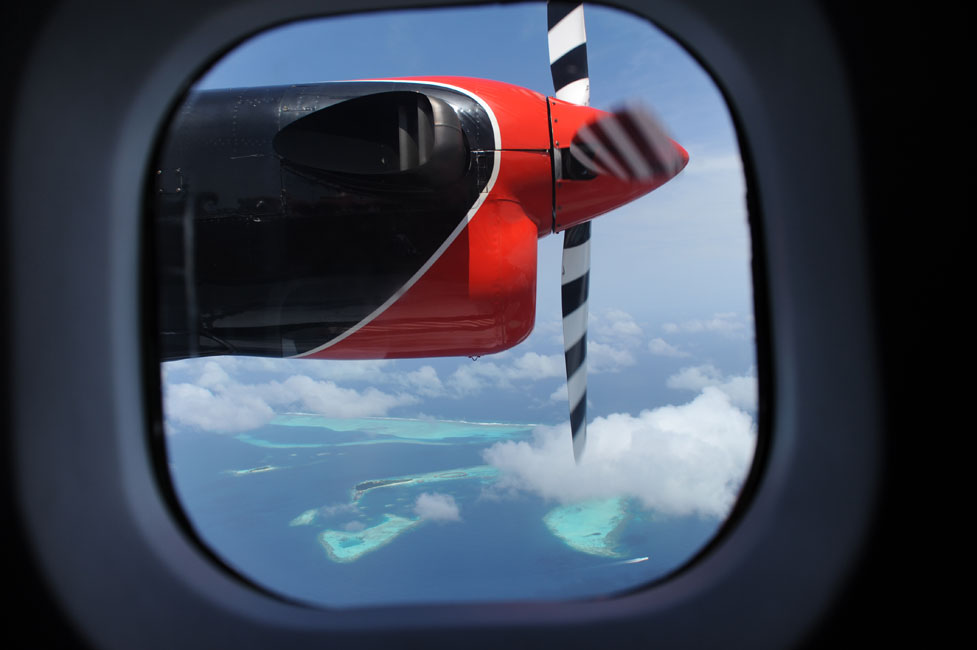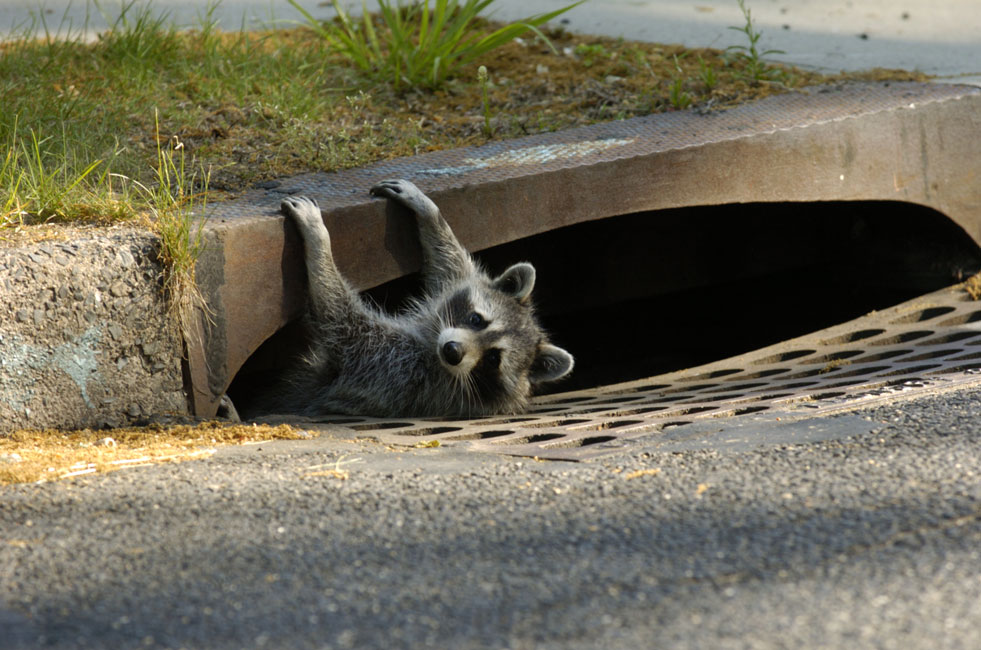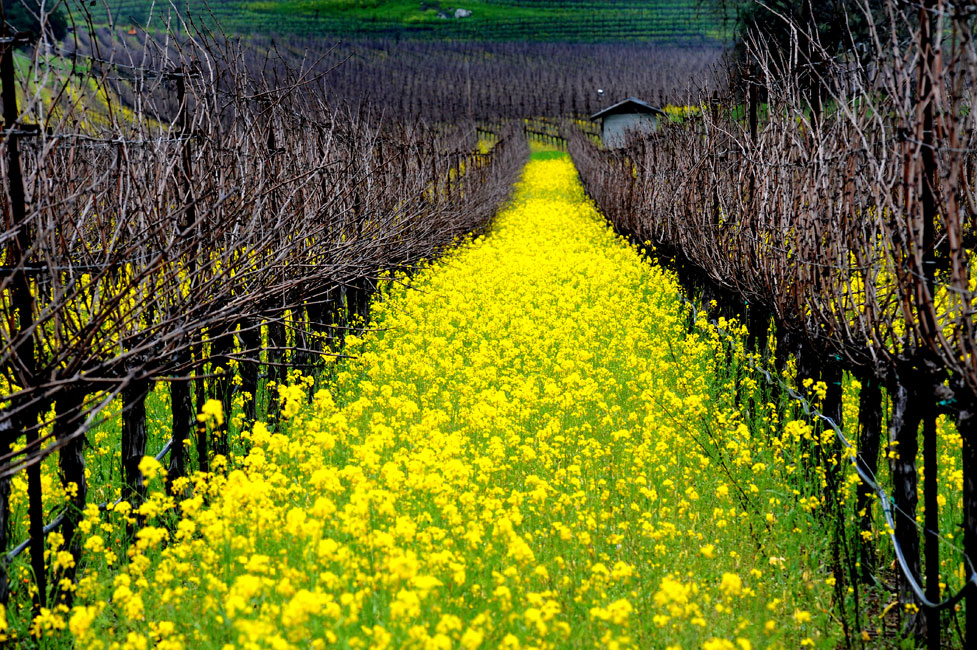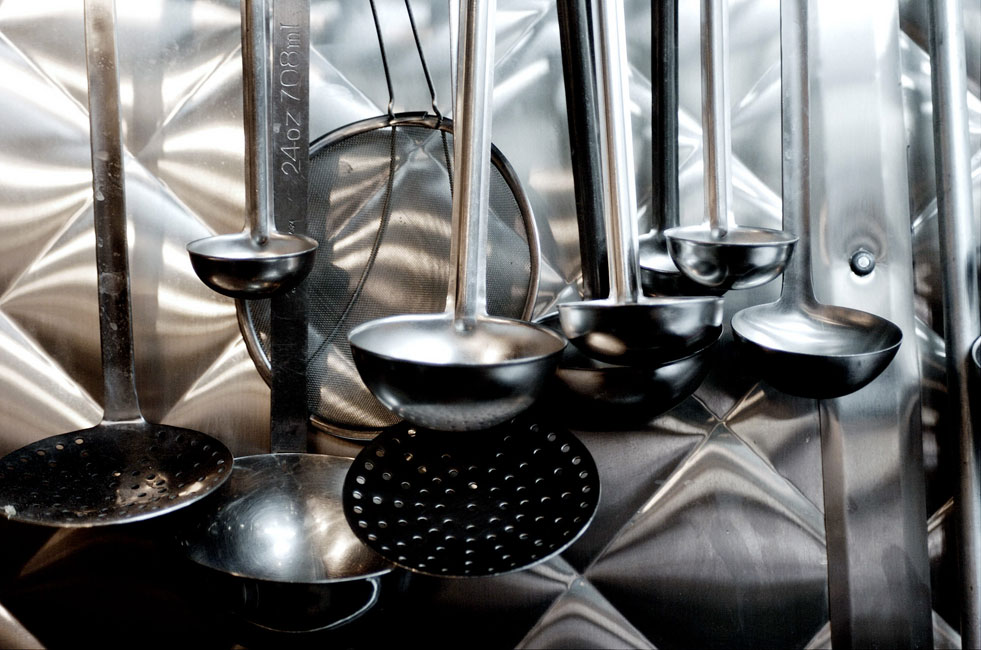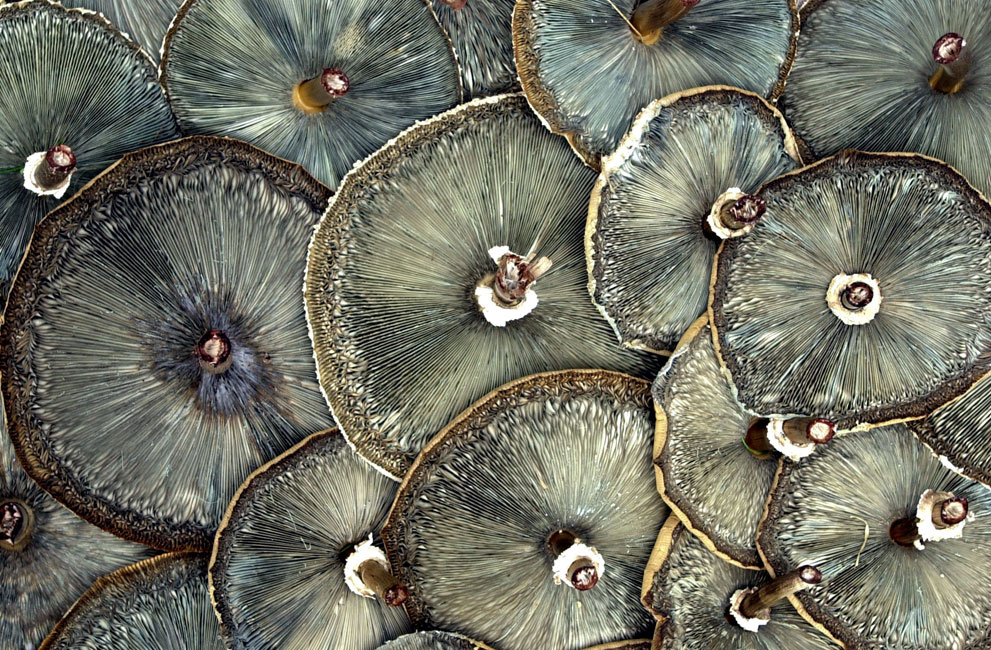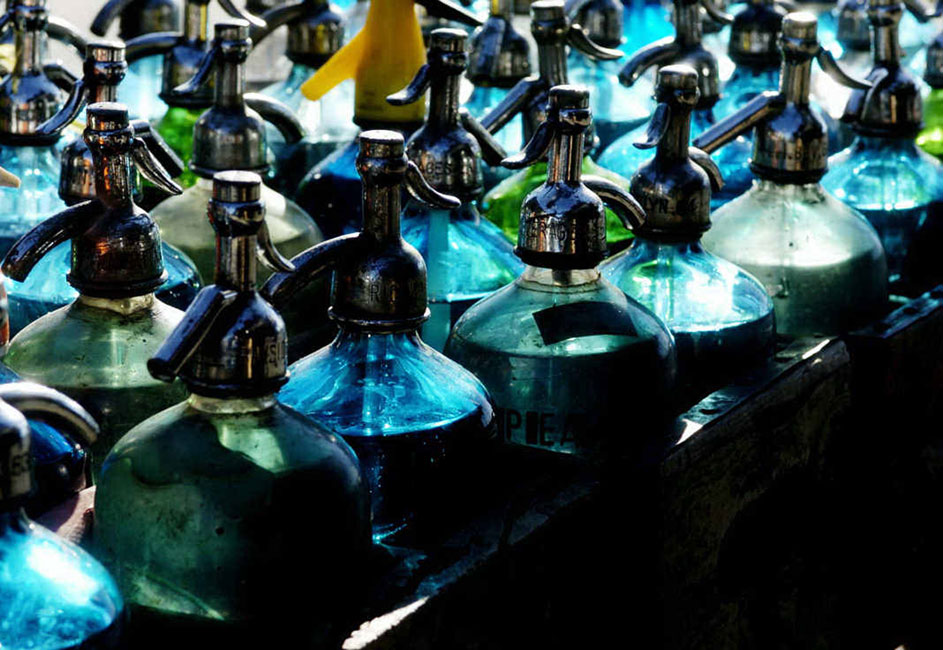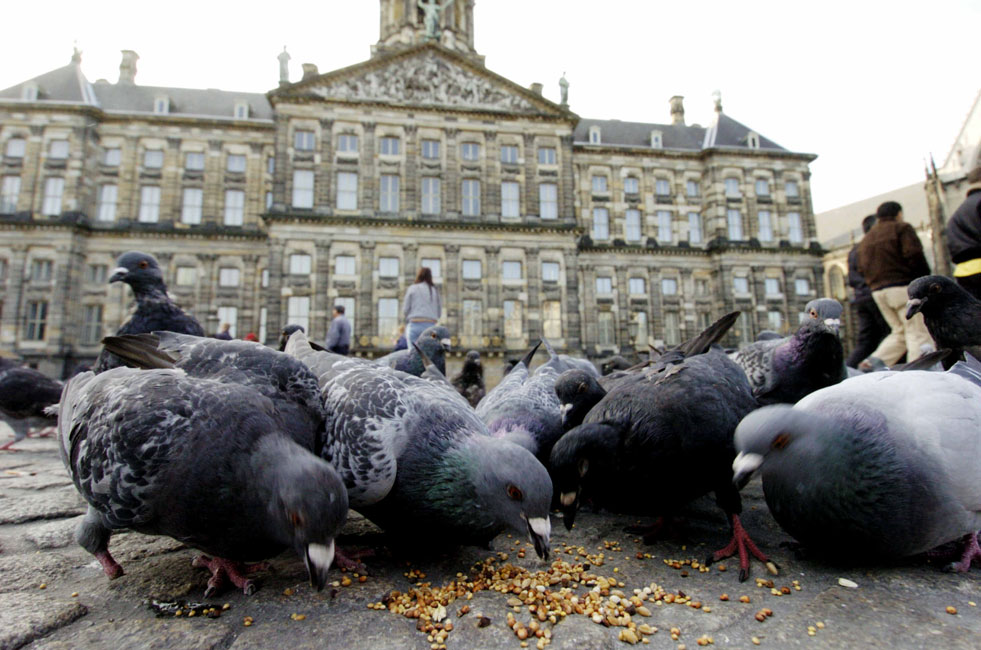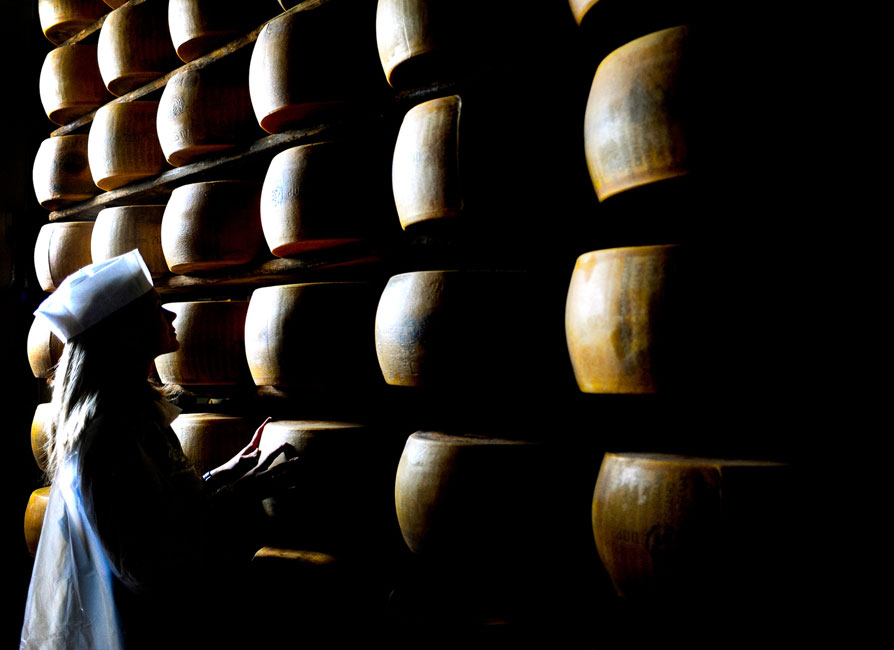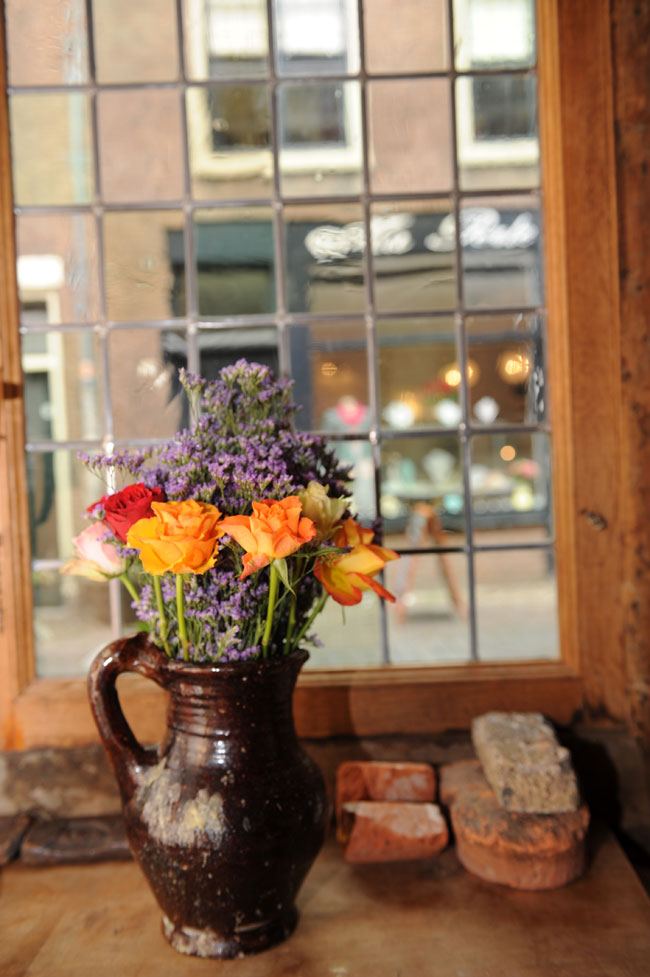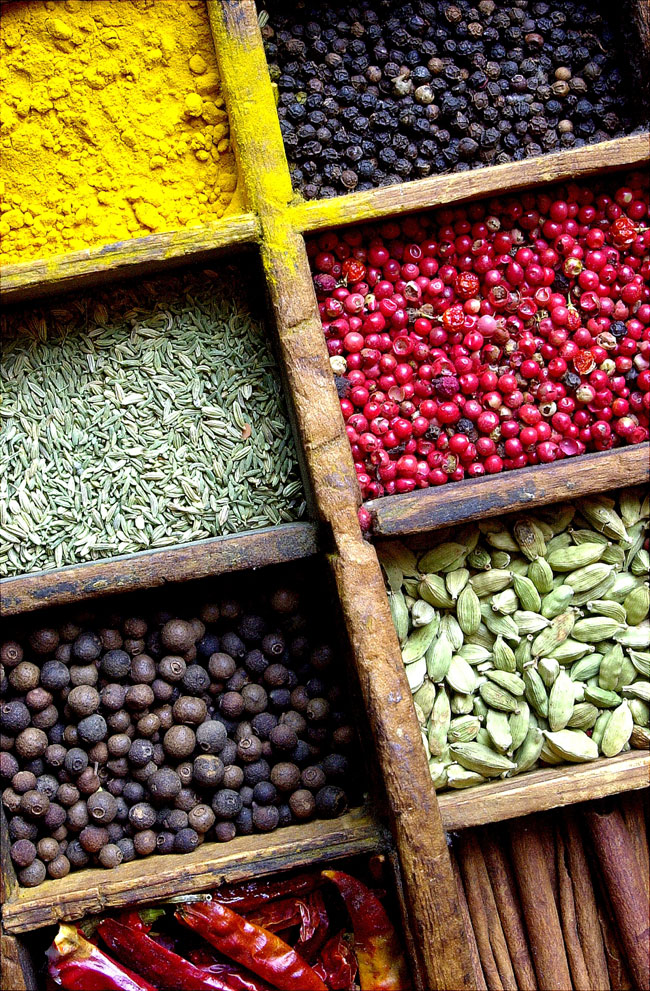No Limits: For Better Photos, Think Like a Photojournalist
In other words, always strive to tell a story.
In a 27-year career with the New York Daily News, David Handschuh saw it all, and then some. "A good photojournalist is the Jack or Jane of all trades," he says, "and you have to have the ability to quickly adapt to whatever the environment or situation."
No matter the assignment—breaking news, sports, fashion, food, personalities or lifestyle features, the photojournalist is expected to deliver the images that tell the tale.
David, a three-time nominee for the Pulitzer Prize, is currently freelancing. "I'm not a photographer, I'm a multi-media journalist," he says, acknowledging the changing role of the photojournalist in the age of social media and the Internet. David also teaches an undergraduate class in photojournalism at New York University, and one of the things he tells his students is that any story can be told in about five photographs. "An overview, a medium shot, a close-up, a big picture, and then try to throw in a portrait. With that recipe, you can tell any story, anywhere."
The photos here, with a few exceptions, are elements of stories David has told. They set scenes and offer details; sometimes they contribute anecdotal asides to the narrative. If there is a lesson here—and of course there is—it's that taking cues from photojournalism encourages us to resist limits. Simply, we shouldn't rule out anything that will help tell a more interesting, even unexpected, story. Follow your curiosity and your interests, and be opportunistic.
For any of this to work, your photographic technique has to be pretty much second nature. You have to know how to set your camera quickly, and know what to expect from those settings. Over the years the cameras David's been totally familiar with have been a range of Nikons from the F of the film days to the first of the digital models to the D4 he currently uses (and maybe, by the time you read this, the D750 he was looking at when we spoke). "As far as lenses," he says, "you can never carry all the lenses you'd like to have with you without a pack mule." When he cut down to essentials for coverage of a presidential campaign some years back, he chose two zooms: the AF-S NIKKOR 24-70mm f/2.8G ED and the AF-S VR Zoom-NIKKOR 70-200mm f/2.8G IF-ED. "And those are still my two go-to, workhorse lenses. I like to think that if I need anything else I'm either too close or too far."
A good photojournalist is the Jack or Jane of all trades...and you have to have the ability to quickly adapt to whatever the environment or situation.
David will tell you that a key attribute of a photojournalist is consistency. "A lot of photographers do a pretty good job," he says, "but there are the times when the framing is a little off, or the shutter release gets punched instead of pressed. The photojournalist can't afford those lapses." Capturing the moment in a publishable picture is what the photojournalist does—not occasionally, or even the majority of the time, but all the time. Consistency is the product of the process.
David maintains that a lot of the skills and practices of photojournalism are transferable to any photography, and so is his approach. "I'm always looking around when I get to a location. Like an old Wild West gunslinger walking into a saloon and checking out who's at the back table and gauging the room's hostility level. I'm sizing up every situation, every place. I'm looking at the light, at colors, at angles, at shooting positions."
Mostly, though, light is the issue, and he often has to fight it because, he says, "it's just not cooperating. I'm not getting that ideal, nice soft light coming in over my shoulder and falling on my subject. But sometimes fighting with light—finding a better angle or dealing with harsh, direct light—gets me a better, more dramatic picture." And a better story.
David also shares with his students the idea of shaking things up. "The long-time assistant managing editor of photography at The Washington Post, Joe Elbert, would take sports photographers and put them on fashion, and he'd put news photographers on features and take feature photographers and send them to sporting events. The idea was to get them out of their comfort zones, and his photographers would come up with pictures that weren't common to the events they photographed. And his staff won prize after prize."
Got a favorite subject? Forget about it for a day, and turn your attention and your skills to something totally different. It worked for the photojournalists of The Washington Post.




